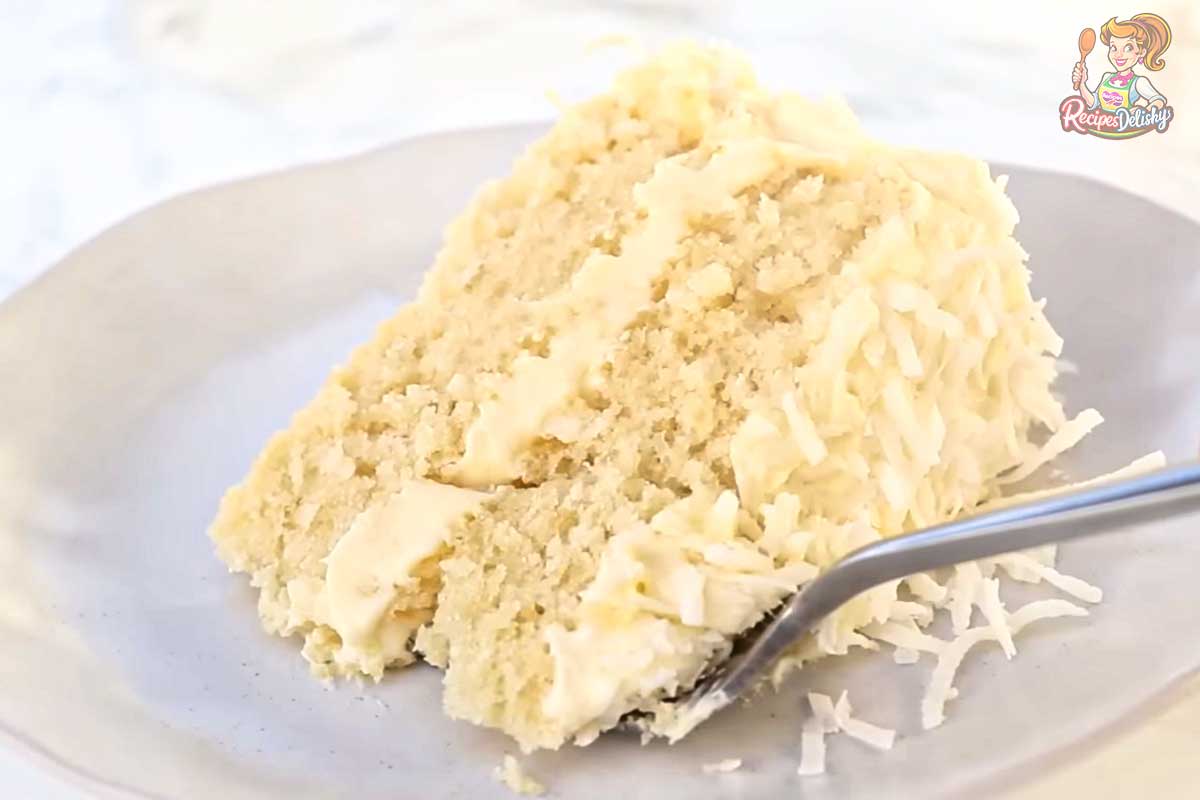Discovering the perfect pairings for coconut isn’t just about tasting—it’s about crafting unforgettable culinary experiences. Whether it’s the creamy texture of coconut milk or the sweet, refreshing zing of coconut water, the versatile nature of coconut allows it to blend harmoniously with a variety of flavors. From tropical fruits to warming spices, this article explores the myriad ways in which different tastes complement coconut, enhancing both savory dishes and sweet desserts. So, buckle up as we dive into the exciting world of coconut flavor pairings.
Introduction to Coconut and Its Culinary Uses
Coconut is more than just a staple in tropical treats; it’s a foundational element in diverse culinary traditions across the globe. With its rich history in regions like Southeast Asia, the Caribbean, and parts of South America, coconut has been enchanting palates with its unique flavor and texture.
The Culinary Versatility of Coconut
When we talk about the versatility of coconut, it’s fascinating to see how it plays a pivotal role in various dishes. For instance, in Thai cuisine, coconut milk is essential for creating the creamy, comforting base of curries. Meanwhile, in Indian cooking, grated coconut and coconut oil are used to add richness and depth to everything from chutneys to savory pancakes.
Moreover, the adoption of coconut in Western kitchens has seen an innovative twist on traditional recipes, transforming the way we think about vegan and gluten-free options. From coconut milk pancakes to decadent coconut cream pies, the adaptable in various forms of this tropical fruit is nothing short of remarkable.
By delving into the culinary uses of coconut, we not only appreciate its contribution to global cuisine but also understand how it enhances the flavors it’s paired with. As we continue, you’ll discover the specific flavors that go hand-in-hand with coconut, making every dish a delightful adventure.
Coconut Complementary Flavors
Tropical Fruits
In the realm of tropical fruits, a few standout companions naturally enhance the lush profile of coconut. Think about the sweetness of pineapple, the juicy burst of mango, and the subtle softness of banana. These fruits are not just complementary; they are transformative when paired with coconut.
- Pineapple: The vibrant acidity and sweet tang of pineapple cut through the richness of coconut, making it an ideal partner for coconut-based desserts and savory dishes alike.
- Mango: With its lush, aromatic sweetness, mango pairs beautifully with coconut. The combination is often celebrated in smoothies, salads, and spicy salsas for a tropical flair.
- Banana: The creamy texture and comforting sweetness of bananas work wonders with coconut. In baking, coconut shines especially in desserts like coconut cakes, where its flavor and moisture contribute significantly to the dish. To understand more about the specific ingredients that make up these delightful desserts, explore what coconut cake is made of .
Citrus Flavors
Citrus fruits add a bright, zesty punch that can elevate the subtle sweetness of coconut.
- Lime: The sharp zest of lime provides a refreshing contrast to the creaminess of coconut, making it a popular choice in Thai and Caribbean cuisines. Whether in a coconut curry or a tropical drink, lime brings a burst of freshness that’s hard to resist.
- Lemon: Lemon and coconut together offer a balance of tartness and sweetness, perfect for light desserts like lemon coconut macaroons or a lemon coconut tart.
Spices and Herbs
When it comes to spices and herbs, certain aromatic wonders are particularly adept at complementing the nutty flavor of coconut.
- Cilantro: Fresh cilantro adds a lively herbal note that pairs wonderfully with coconut in savory dishes such as curries and tropical salsas.
- Lemongrass: The lemony and floral notes of lemongrass harmonize with coconut, especially in soups and stews, lending a complex aroma that tantalizes the senses.
- Ginger: With its fiery kick and warming essence, ginger melds perfectly with coconut, particularly in dishes like coconut ginger rice or ginger-infused coconut soup.
Sweet and Creamy Complements
The addition of sweet and creamy flavors creates a symphony of taste that underscores coconut’s versatility in sweeter concoctions.
- Vanilla: The subtle, sweet notes of vanilla complement coconut’s tropical flavor, especially in baked goods and desserts. Think coconut vanilla ice cream or a simple coconut cake enhanced with vanilla.
- Almond: Almond and coconut are a match made in heaven, often used together to add depth and richness to gluten-free and dairy-free recipes.
By exploring these complementary flavors, we can begin to appreciate the broad spectrum of dishes that benefit from the inclusion of coconut, making every culinary creation a bit more exciting. As we venture into practical applications, you’ll see how these pairings come to life in everyday cooking and special occasion fare alike.
Practical Applications in Cooking and Baking
Using Coconut in Savory Dishes
Coconut truly shines when incorporated into savory meals, lending a creamy texture and a hint of sweetness that enhances the overall flavor profile of the dish.
- Curries: A staple in many Asian cuisines, curries often rely on coconut milk to achieve their signature creamy consistency. Whether you’re preparing a vibrant Thai green curry or a rich Indian korma, coconut milk is indispensable for balancing spices and heat.
- Stir-fries: Adding coconut milk to stir-fries can introduce a silky richness that complements vegetables and proteins alike. A splash of coconut milk in a vegetable stir-fry can transform it into a soothing, flavorful meal.
Coconut in Desserts and Sweets
The sweet, rich flavor of coconut makes it a favorite ingredient in many desserts, where it adds complexity and a tropical twist.
- Cakes: Coconut cake is a beloved dessert for its moist, fluffy texture and its ability to pair well with a variety of icings and fillings. Whether it’s a classic coconut layer cake or a more innovative coconut lime zest cake, the possibilities are endless.
- Ice Cream: Dairy-free coconut ice cream is not only a delight for those avoiding dairy but also a refreshing treat for anyone. The natural creaminess of coconut milk makes it an excellent base for creating rich, velvety ice cream.
Innovative Coconut Beverages
Beyond cooking and baking, coconut also finds its way into innovative beverages that are both refreshing and nourishing.
- Smoothies: Incorporating coconut milk into smoothies can add a creamy texture and boost the nutritional value. A strawberry coconut milk smoothie, for example, can be a wholesome breakfast option or a delightful afternoon snack.
- Cocktails: For a festive, non-alcoholic drink, mixing coconut water with fresh juices like pineapple or orange creates a hydrating and delicious cocktail that’s perfect for any celebration.
By exploring these practical applications of coconut in various dishes and drinks, it becomes clear just how versatile and transformative coconut can be. Whether you’re a seasoned chef or a home cook, integrating coconut into your culinary repertoire can elevate your dishes to new heights, making every meal a unique and enjoyable experience.
Through the knowledge of coconut’s complementary flavors and practical applications in both cooking and baking, we uncover not just the versatility of this remarkable ingredient but also the endless possibilities it offers to enhance our daily meals. This exploration invites us to experiment with coconut in new and exciting ways, ensuring that each dish not only satisfies the palate but also delights the senses.
FAQs : About What Flavors Go With Coconut
As we explore the delicious world of coconut and its many flavor pairings, several common questions often arise. Here, we address these inquiries to provide deeper insights and practical tips that can help enhance your culinary adventures with coconut.
What are the best spices to pair with coconut in a curry?
Pairing the right spices with coconut in a curry can dramatically enhance the dish’s flavor. Turmeric, with its earthy bitterness, complements the sweetness of coconut, while cumin offers a nutty spice that works well with the creamy texture. Coriander provides a lemony zest that brightens the rich coconut base. To add a touch of heat, you can include chili peppers to balance the curry’s sweetness with their fiery punch.
Can you use coconut in both sweet and savory dishes?
Absolutely! Coconut is incredibly versatile and can be used in both sweet and savory contexts. In savory dishes, coconut milk can serve as a creamy base for soups, curries, and sauces, adding a subtle sweetness that pairs beautifully with spices and herbs. In sweet dishes, coconut adds texture and flavor to cakes, cookies, and desserts like the beloved coconut cream pie.
What are some tips for using coconut milk in baking?
Using coconut milk in baking is a fantastic way to infuse tropical flavors into your recipes. Here are a few tips:
- Substitute coconut milk for dairy milk in a 1:1 ratio to add richness to cakes, muffins, and bread.
- When making desserts that need a lighter texture, like sponge cakes, mix the coconut milk thoroughly to ensure it blends well without deflating the batter.
- For an enhanced coconut flavor, add a small amount of coconut extract or shredded coconut to your recipe.
These FAQs aim to enhance your experience cooking and baking with coconut, empowering you to experiment confidently with this versatile ingredient in various dishes. Whether you’re crafting a hearty curry or a delicate dessert, the addition of coconut can transform your culinary creations into something truly special. By embracing the full potential of coconut, you open up a world of flavor possibilities that can bring a touch of the tropics right to your kitchen.

